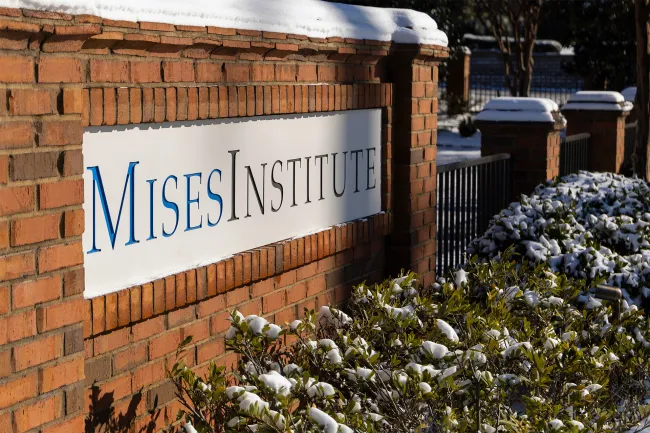Not Worth a Transcontinental: Railroading a Nation into Prosperity
American history classes typically teach that the original transcontinental railroad was a major triumph. What they don‘t say is that it was a product of corporate welfare that created economic problems later on.










